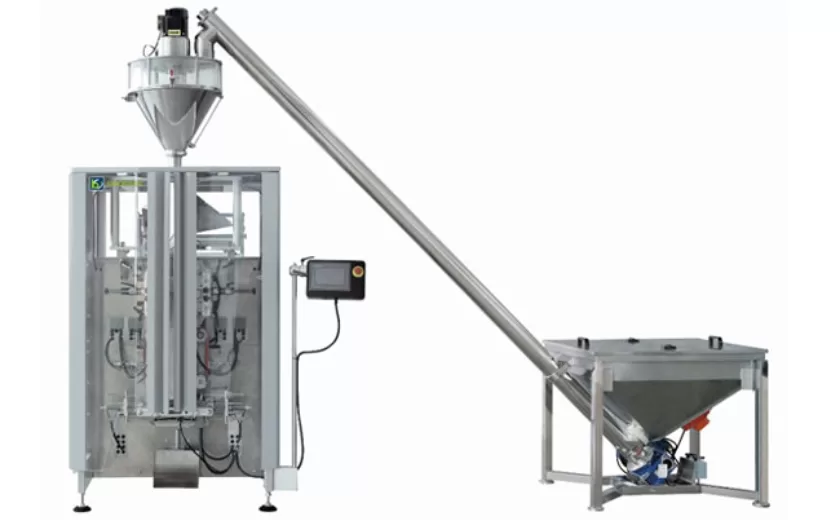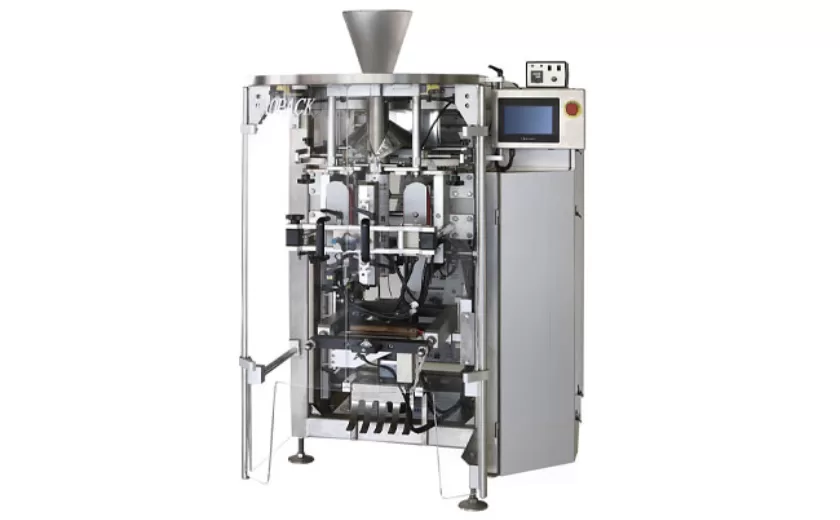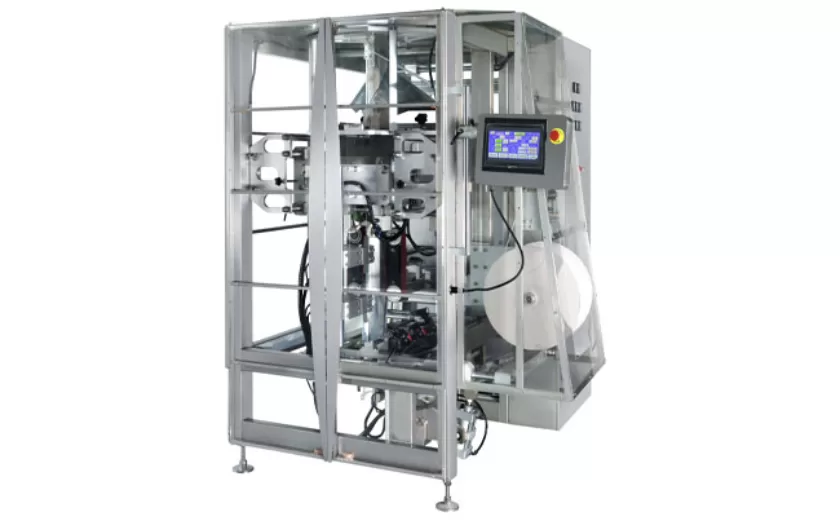How to Integrate an Auger Powder Filling Machine into Your Production Process
Auger powder filling machines are essential equipment for a wide range of industries that need to efficiently and accurately fill containers with dry powders. Integrating this equipment into your production process can bring several benefits, including increased productivity, reduced waste, and enhanced product quality. This article provides a comprehensive guide on how to integrate an auger powder filling machine into your production process.
Preparation and Planning
– Determine your filling requirements: Understand the type and quantity of powder you need to fill, the required fill weight, and the accuracy tolerance.
– Select the appropriate machine: Choose a machine that meets your capacity and precision requirements, considering factors such as auger size and speed, hopper volume, and control system.
– Prepare the production area: Ensure you have adequate space for the machine, consider access for maintenance, and provide the necessary utilities such as power and compressed air.
Installation and Commissioning
– Install the machine: Follow the manufacturer’s instructions for proper installation, ensuring stability and correct alignment.
– Commission the machine: Conduct comprehensive tests to verify the machine’s functionality, calibrate the auger and control system, and ensure accurate filling.
– Train operators: Provide thorough training to ensure operators understand the machine’s operation, maintenance, and safety procedures.
Operation and Maintenance
– Set up the machine: Adjust the auger speed, fill weight, and other settings according to your product and filling requirements.
– Monitor and control: Use the control system to monitor the filling process, adjust parameters as needed, and identify any issues promptly.
– Regular maintenance: Follow a scheduled maintenance plan to ensure optimal performance, including cleaning the auger, hopper, and other components regularly.
Integration with Other Equipment
– Conveying systems: Integrate the machine with conveyors to automate the transfer of filled containers to downstream processes.
– Bagging or packaging equipment: Connect the machine to bagging or packaging equipment for seamless filling and sealing operations.
– Quality control systems: Implement quality control measures, such as in-line checkweighers or metal detectors, to ensure product integrity.
Optimization and Troubleshooting
– Optimize the filling process: Fine-tune the machine settings and powder properties to maximize efficiency and minimize waste.
– Identify and resolve issues: Diagnose and solve any issues that may arise during the filling process promptly to maintain productivity.
– Continuous improvement: Regularly review the filling process and identify areas for improvement to enhance performance and reduce costs.
By following these steps and considering the factors discussed, you can successfully integrate an auger powder filling machine into your production process and reap its numerous benefits. The efficiency, precision, and versatility of these machines will enable you to enhance your operations, improve product quality, and increase profitability.
-
High-Performance Liquid Filling and Packing Machines for Hygienic Production
10-10-2025 -
High-Efficiency Granule Packaging Machines for Precision and Speed
10-10-2025 -
High-Precision Auger Type Powder Filling Machines for Efficient Packaging
10-10-2025 -
Efficient Vertical Form Fill Seal Packaging Machines for Smart Production
10-10-2025 -
Vertical Form Fill Seal Machine Solutions for Efficient Packaging
10-10-2025 -
Efficient Packaging Solutions with Advanced Vertical FFS Machines
10-10-2025 -
Vertical FFS Machine Solutions for Efficient Packaging
30-09-2025 -
Vertical Form Fill Seal Packaging Machines: Reliable Solutions for Modern Production
30-09-2025 -
Advanced Vertical Packaging Solutions for High-Efficiency Production
30-09-2025 -
Reliable Packaging Solutions with Vertical FFS Machines
16-09-2025










